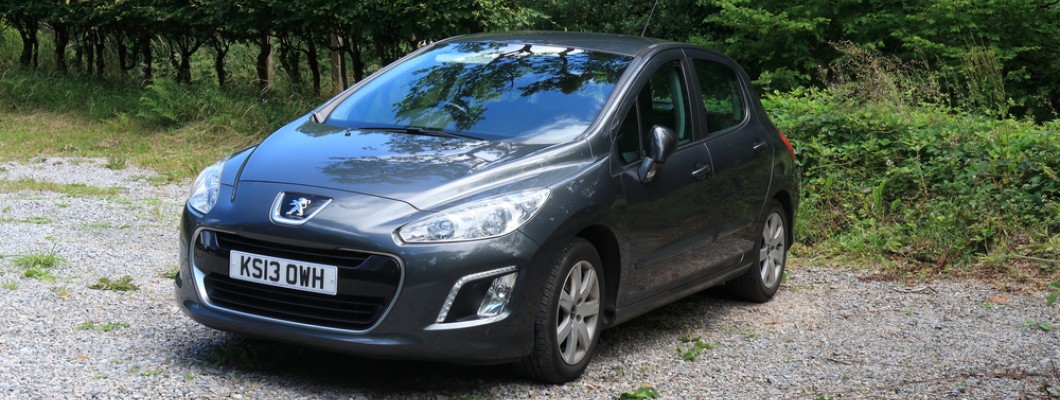
Introduction
The history of Peugeot, one of the world's oldest and most
respected automobile manufacturers, is a remarkable journey of innovation,
adaptability, and excellence. For over two centuries, Peugeot has played a
pivotal role in the automotive industry, leaving an indelible mark on the
roadways of the world. In this 800-word exploration, we will trace the history
of Peugeot, from its humble beginnings as a family-run steel mill to its
current status as a global automotive powerhouse.
Origins (1810-1889)
Peugeot's origins date back to 1810 when Jean-Pierre and
Jean-Frédéric Peugeot established a steel mill in the small town of
Hérimoncourt, France. The Peugeot family initially manufactured various steel
products, including tools and coffee mills, establishing a reputation for
quality craftsmanship and innovation.
It wasn't until 1889 that the company ventured into the
realm of automobiles. Armand Peugeot, the grandson of Jean-Pierre, took a keen
interest in this emerging industry and began producing steam-powered tricycles.
However, it was the internal combustion engine that truly sparked Peugeot's
automotive journey.
The Lion Roars (1890-1919)
In 1891, Peugeot introduced its first gasoline-powered
vehicle, the Peugeot Type 2, which marked the birth of the Peugeot automobile.
This three-wheeled contraption was a far cry from sophisticated automobiles
we know today, but it laid the foundation for Peugeot's automotive ambitions.
In 1913, Peugeot released the L45, a race car that went on
to win the famous Indianapolis 500 in 1916, solidifying Peugeot's reputation
for performance and engineering excellence. This victory showcased Peugeot's
ability to compete on a global stage.
Innovations and Challenges (1920-1945)
The interwar period brought both innovation and challenges
for Peugeot. In 1929, Peugeot introduced the 201, a compact and affordable car
that became a symbol of French motoring. The 201 featured several
ground-breaking technologies, including independent front suspension and a
unitary body construction, setting new standards in the automotive industry.
However, the Great Depression and World War II presented
formidable obstacles. Peugeot, like many automakers, faced production
disruptions and economic hardships. Despite these challenges, the company
continued to innovate and adapt, laying the groundwork for its post-war
resurgence.
Global Expansion (1946-1979)
After World War II, Peugeot embarked on a period of global
expansion. In 1947, the company introduced the Peugeot 203, a family car that
played a pivotal role in post-war Europe's economic recovery. The 203 was known
for its reliability and efficiency, quickly becoming a popular choice among
European families.
During the 1960s and 1970s, Peugeot expanded its product
range and global presence. The Peugeot 504, introduced in 1968, was a versatile
and durable car that gained popularity worldwide, particularly in Africa. This
era also marked Peugeot's entry into the American market, where the Peugeot 504
and the sporty Peugeot 304 made their debuts.
Innovation and Excellence (1980-Present)
The 1980s and beyond brought a series of ground-breaking
innovations for Peugeot. The Peugeot 205, introduced in 1983, became a
legendary compact car, known for its exceptional handling and performance. It
was also during this time that Peugeot unveiled the 405, a midsize sedan that
received critical acclaim for its design and engineering.
Peugeot's motorsport achievements, particularly in the World
Rally Championship, contributed to the brand's image of performance and
excellence. The Peugeot 205 T16, a rally car based on the 205, achieved notable
success in the world of rallying.
In recent years, Peugeot has embraced electrification and
sustainability, introducing electric and hybrid models like the Peugeot 508 PSE
and the Peugeot e-208. These models align with the global shift towards more
environmentally friendly transportation.
Furthermore, Peugeot's design language has evolved to
incorporate modern aesthetics and advanced technology. The brand's
"i-Cockpit" concept, featuring a compact steering wheel and a head-up
instrument panel, has become a hallmark of Peugeot's interior design, offering
a unique and engaging driving experience.
Conclusion
The history of Peugeot is a testament to the brand's
enduring commitment to innovation, quality, and excellence. From its origins as
a steel mill in the early 19th century to its current status as a global
automotive powerhouse, Peugeot has continuously adapted to changing times,
challenges, and consumer preferences.
Through its ground-breaking innovations, race victories, and a diverse range of cars that appeal to a wide range of customers, Peugeot has earned its place as one of the most respected names in the automotive world. As the company continues to embrace electrification, sustainability, and cutting-edge technology, Peugeot's legacy of excellence is sure to endure, promising exciting developments for the future of mobility. The lion of Peugeot continues to roar with strength and pride on the roads of the world.




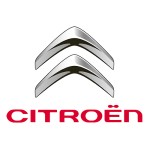
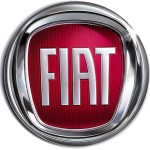
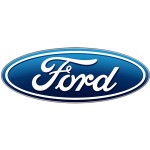

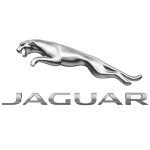




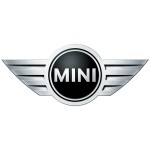
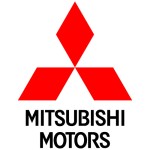
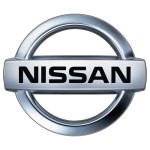
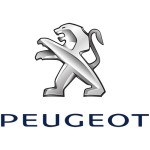
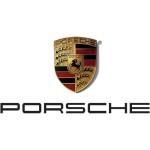
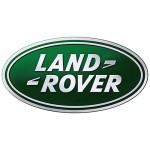
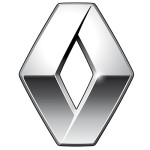

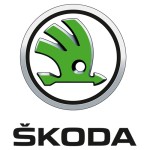
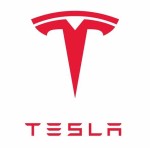
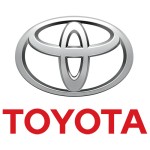

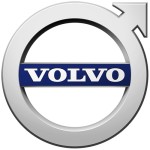

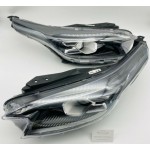
Leave a Comment